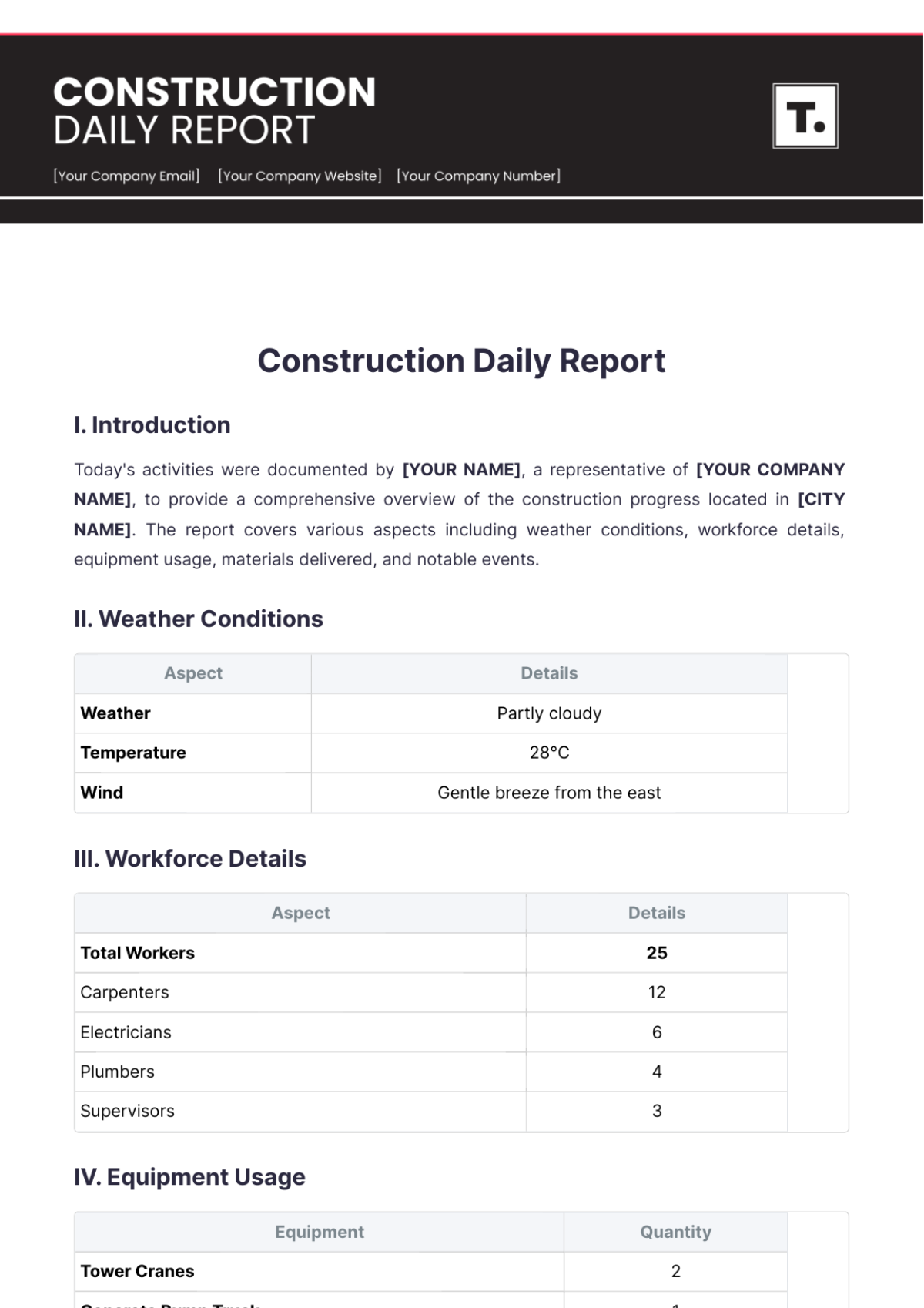SECURITY MANAGEMENT REPORT
Prepared by: [Your Name]
I. Overview of Security Management
Security management is a crucial component of organizational success today. It involves the processes and policies put in place to protect sensitive information, physical infrastructure, and personnel from malicious threats and vulnerabilities. Effective security management ensures business continuity and minimizes risk exposure.
1. Objectives of Security Management
The primary objectives of security management include ensuring the confidentiality, integrity, and availability of resources. Additionally, it seeks to protect assets against threats, manage risks, and ensure compliance with legal and regulatory standards.
Confidentiality: Protect sensitive information from unauthorized access.
Integrity: Maintain the accuracy and trustworthiness of data.
Availability: Ensure resources are accessible when needed.
2. Importance of Security Management
Security management is integral in safeguarding an organization's reputation and financial stability. By implementing robust security protocols, organizations can prevent data breaches, financial losses, and legal liabilities. Furthermore, in sectors like finance and healthcare, adherence to strict security regulations is mandatory to protect sensitive data.
II. Security Management Processes
Security management consists of various processes aimed at identifying and mitigating risks. These processes are comprehensive and require continuous evaluation and improvement to address ever-evolving threats.
1. Risk Assessment
Risk assessment involves identifying, analyzing, and evaluating risks. It helps in understanding the potential threats and their impacts on an organization. This process forms the foundation for developing an effective security strategy.
Stage | Description |
|---|---|
Identification | Determine the assets and threats. |
Analysis | Understand the probability and impact of risks. |
Evaluation | Prioritize the risks for treatment. |
2. Security Policy Development
Developing security policies sets the groundwork for how an organization plans to protect its assets. These policies need to be clear, comprehensive, and tailored to the specific needs of the organization.
Effective security policies should cover the following:
Access control and authentication procedures.
Data protection guidelines.
Incident response protocols.
3. Implementation of Security Measures
Once policies are developed, the next step involves the implementation of security measures. This includes deploying technical solutions, conducting training sessions, and ensuring compliance with established protocols.
III. Monitoring and Evaluation
To ensure continuous protection, organizations must regularly monitor and evaluate their security systems. This involves gathering data, analyzing trends, and updating security measures as necessary.
1. Security Audits
Conducting regular security audits helps identify vulnerabilities and gaps within the system. It ensures that the implemented security controls are functioning as intended and are up-to-date with the latest threats.
2. Incident Response and Management
An effective incident response plan allows organizations to promptly address and manage security breaches or attacks. By doing so, they can minimize potential damage and recover swiftly.
The incident response lifecycle typically includes:
Preparation
Detection and Analysis
Containment, Eradication, and Recovery
Post-Incident Activity

















































